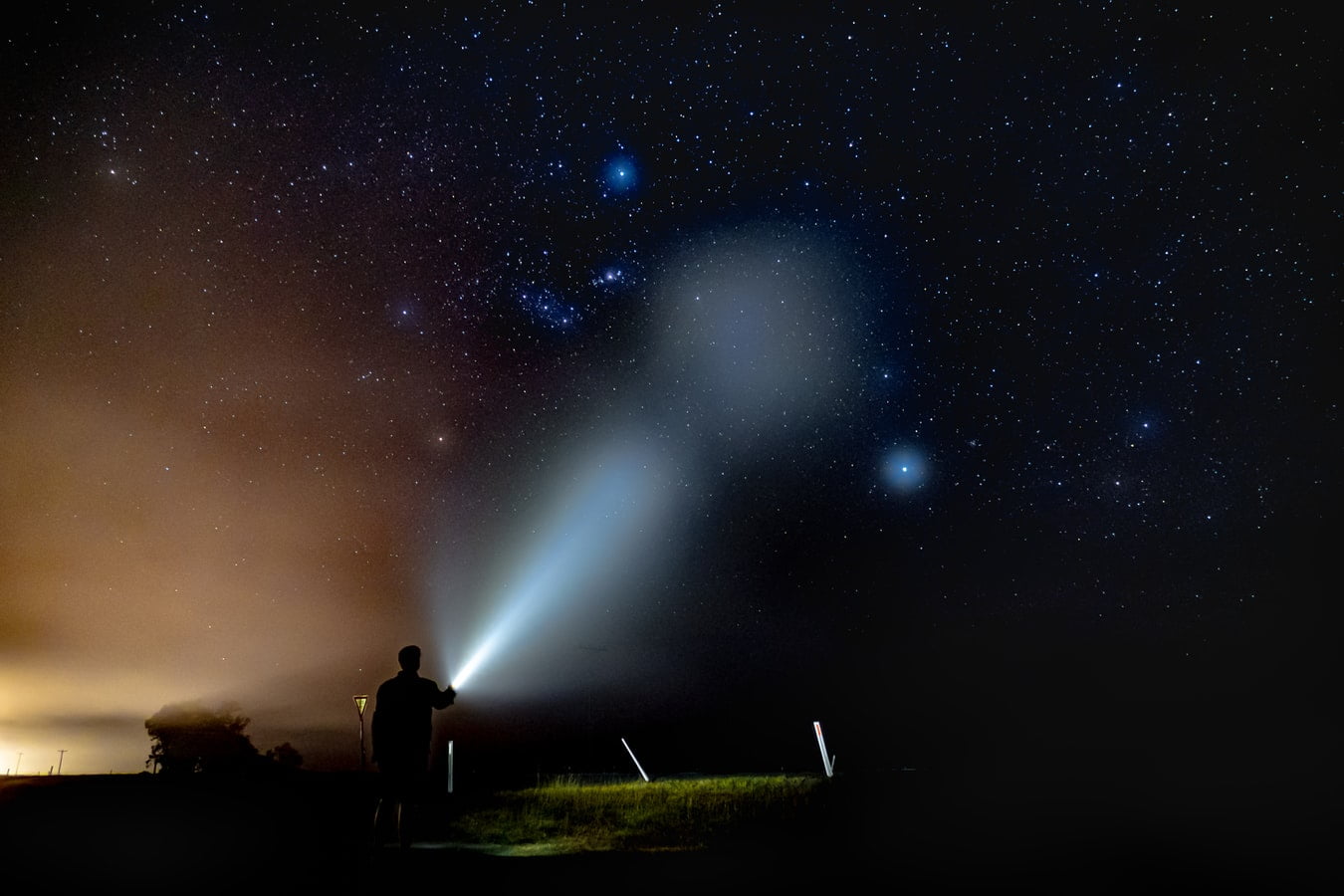Recently, Deputy Chairman of the State Duma Pyotr Tolstoy compared the action with flashlights, which was planned by the associates of Alexei Navalny, with the actions of collaborators during the siege of Leningrad - they allegedly illuminated targets for enemy bombers with lights. We'll tell you if this is really true.
Speaking at a State Duma meeting on February 10, its vice speaker Pyotr Tolstoy criticized supporters of oppositionist Alexei Navalny. Stating that this is all a strategy of the West, and calling those who promote it “traitors to the Motherland” and “Internet Vlasovites,” Tolstoy commented action with flashlights planned by Leonid Volkov:
“Calls to shine flashlights in the dark are not really a cute act about love. This is not just an attempt to mobilize youth. This is Sharp's color technology. And in general, this is a copy of the actions of defector-collaborators during the siege of Leningrad, when they illuminated the targets of German aviation with flashlights.”
Historians almost immediately began commenting on Tolstoy’s statement. So, on the air of the Dozhd TV channel, historian Lev Lurie statedthat Tolstoy’s story about defectors highlighting important objects in the city for German bombers is an urban legend described in German Matveev’s novel “Tarantula”, but in reality this did not happen.
Indeed, one of the stories of the Soviet post-war trilogy “Tarantula” uses this story. The action of the story “Green Chains” takes place in besieged Leningrad in 1941, and during one of the artillery raids, green rockets soar into the sky: with them, enemy accomplices highlight targets for bombing.
Tale later filmed — in 1970, the film of the same name was released on Soviet screens and became popular among children.
In fact, fears that someone could use light to help German artillery appeared even in besieged Leningrad, told in an interview with Fontanka, blockade historian Nikita Lomagin. According to him, state security agencies, party bodies and Komsomol activists carried out preventive raids in September 1941.
“We were looking for those who could signal with rockets. Light rockets! There was never any talk about flashlights. It was assumed that they could signal German planes with rockets,” says Lomagin.
According to him, the authorities failed to catch a single “rocket operative.” In addition, archival materials from German intelligence show that the Germans did not need such help.
“There are archival materials from German intelligence. Both political and military intelligence. So, the Germans had no need in the month of September, and especially later, to engage in this kind of action, since you and I know that the Germans had very well developed aerial photography,” explains the historian.
Lomagin adds that the invaders actually already knew the location of important objects, they had maps of Leningrad enterprises, etc.
Thus, there is no evidence that collaborators helped German bombers in this way.
“Yes, the Leningrad authorities had a phobia,” adds Lomagin. “But this didn’t happen in real life.”
Fake
If you find a spelling or grammatical error, please let us know by highlighting the error text and clicking Ctrl+Enter.







